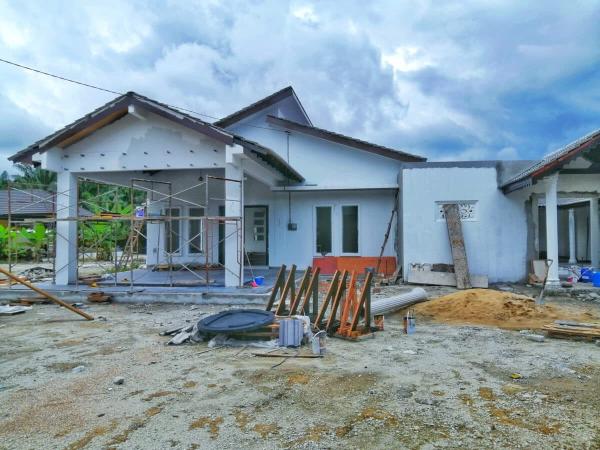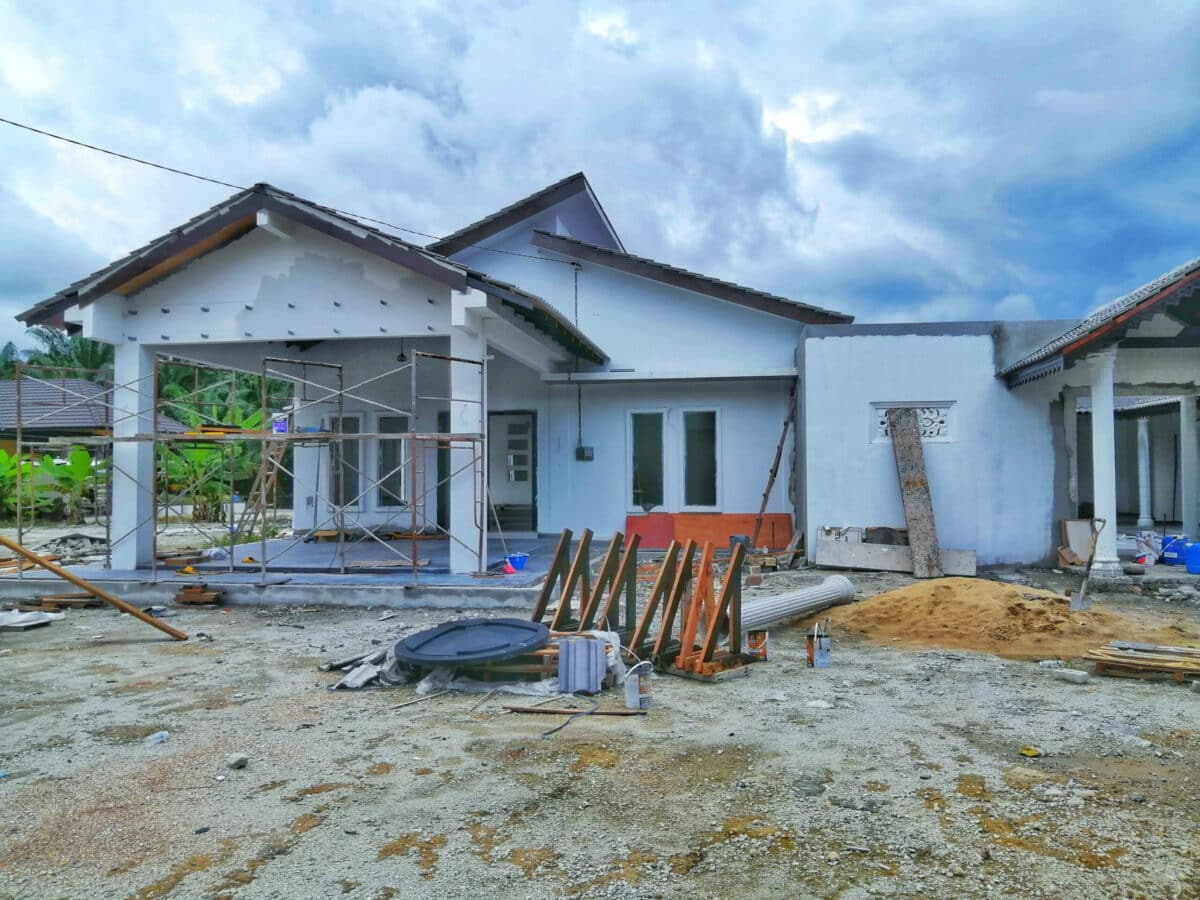KUALA LUMPUR, Oct 2 — Budget 2026 has the chance to narrow the gap between housing supply and demand, said PropertyGuru and iProperty Malaysia country manager Kenneth Soh.
Supporting mid-market projects in urban corridors where the demand is strongest, encouraging redevelopment of underutilised areas, and streamlining approvals through digitalisation and clearer timelines would ensure the new supply of homes better reflects the realities of Malaysian households.
“The challenge in Malaysia lies in ensuring that housing supply is both adequate and aligned with the needs of home seekers. Some projects target higher price points, leaving gaps in the mid-market segment where the majority of aspiring buyers are searching,” he said in a statement today.
Citing the National Property Information Centre (Napic), Soh said new residential launches fell by 46 per cent in the first half of 2025 (1H 2025) to 23,380 units, compared to 43,167 units in 1H 2024.
At the same time, the number of unsold completed homes rose by 16.3 per cent to 26,911 units valued at RM18.6 billion.
The demand for affordable housing remains strong, particularly for homes priced below RM300,000. As of September 2025, more than 20,500 properties nationwide are listed on PropertyGuru under this threshold, with about 2,500 in Kuala Lumpur alone.
“Yet many of these homes are existing housing stock further from public transportation services or require significant renovation, highlighting that affordability is about more than price alone,” he said.
Location remains critical, with demand for affordable homes highest in Kuala Lumpur, Selangor, Johor, and Penang, where jobs, infrastructure, and amenities are concentrated.
“Budget 2026 could have an outsized impact by encouraging the development of mid-priced, transit-linked homes in these high-demand corridors. In the meantime, rent-to-own (RTO) schemes provide a practical bridge for many families.
"For the lowest B40 households, where rental affordability hovers around RM1,500, well-structured RTO programmes offer a path to eventual ownership while addressing immediate housing needs,” Soh said.
However, affordability alone will not future-proof Malaysia’s property sector, as Malaysians are seeking homes that are not only affordable but also environmentally sustainable, energy-efficient, and socially responsible.
“Budget 2026 could help accelerate the shift by incentivising the adoption of green building technologies, from rooftop solar panels and water-efficient systems to industrialised building systems (IBS) that cut waste and speed up construction.
“At the same time, policies that encourage retrofitting existing housing stock with energy-saving upgrades would lower monthly outgoings for families while extending the lifespan of older properties.
“Budget 2026 is more than a fiscal exercise. By focusing on affordability, aligning supply with real demand, and embedding sustainability at the heart of housing delivery, the government can ensure that the vision of the 13th Malaysia Plan (13MP) translates into tangible outcomes,” he said.
The 13MP sets ambitious housing reform goals, including the delivery of one million affordable homes by 2035.


